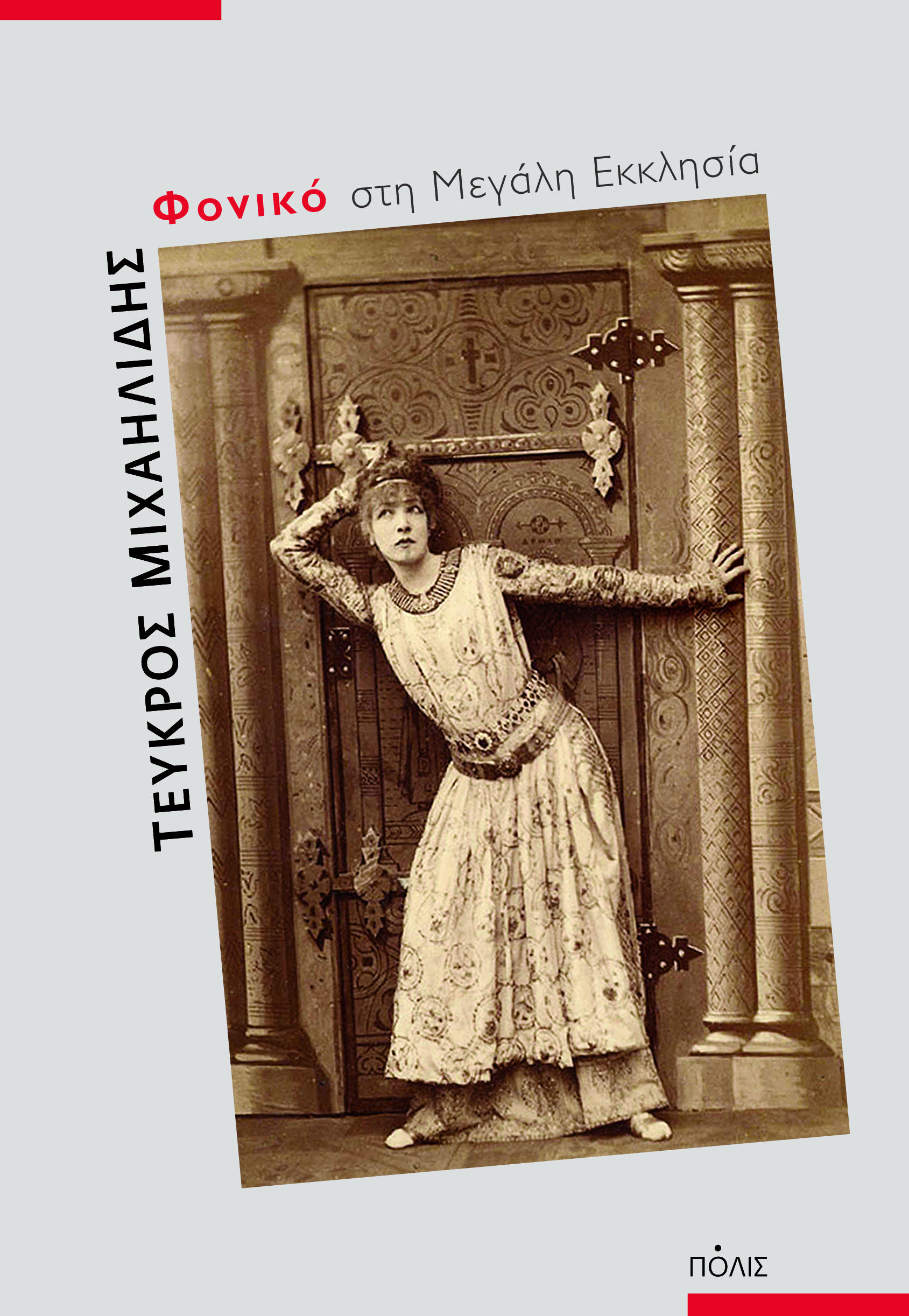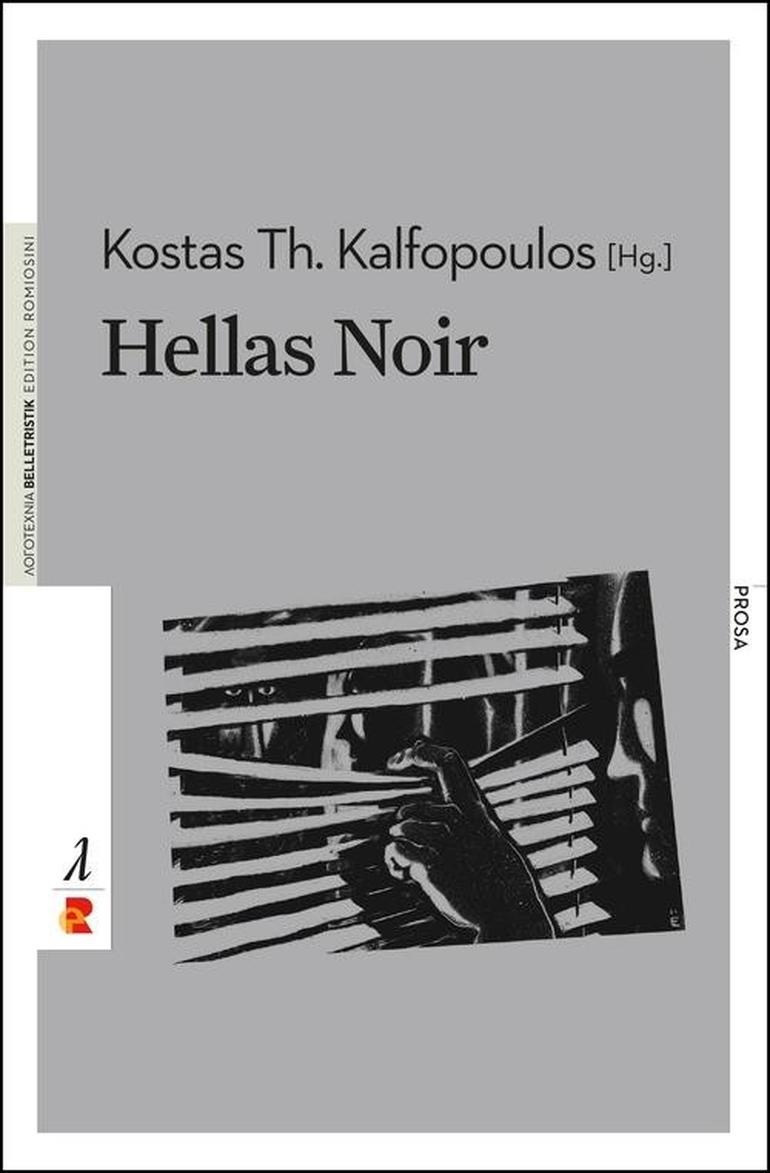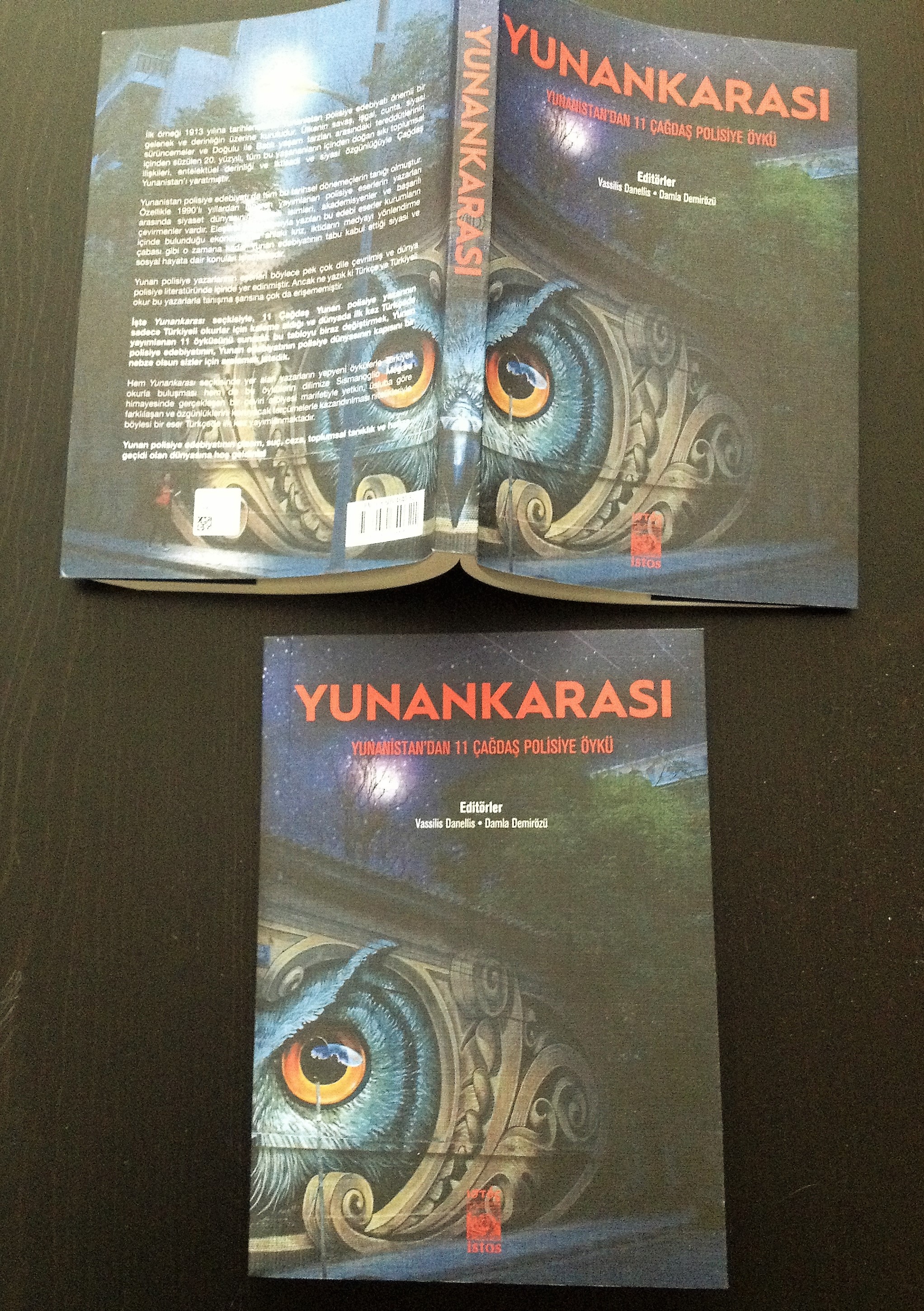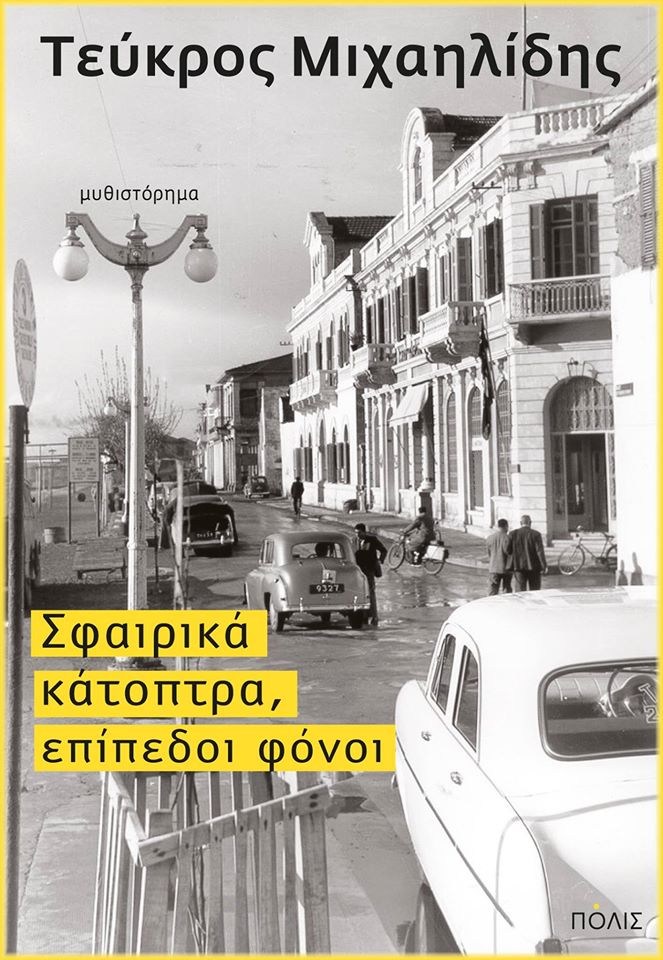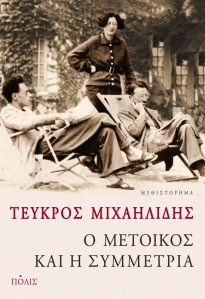Although I am absolute innocent of training or knowledge in the exact sciences, I often seem to have more in common with mathematicians then with my fellow artists.
At the website Mac Tutor History of Mathematics of St. Andrews University, today’s most accurate and complete source of mathematical biographies, one can find Escher among such names as Archimedes, Fermat, Eüler and Gauss. Is it merely an extravagant nod towards an artist who, while not a mathematician himself, honored the Science of Mathematics like no other? True enough, Escher was not a Mathematician in the usual sense: he did not study Mathematics, did not teach it, did not publish any research or educational essay on it, whatsoever. However, numerous mathematical textbooks contain his work, not merely as a decorative, but also as an instructive means. Also numerous are those who argue that his work has contributed actively, albeit in a non-conventional manner, to the progress of Mathematics.
At high school in Arnhem, I was extremely poor at arithmetic and algebra because I had, and still have, great difficulty with the abstractions of numbers and letters. When, later, in stereometry, an appeal was made to my imagination, it went a bit better, but in school I never excelled in that subject. But our path through life can take strange turns.
We can be fairly sure that, while spending whole days studying the Arabian decorative motifs, at the Alhambra Palace in Spain (during two journeys in 1922 and 1936), he never suspected he was conducting primary mathematical research. The regular paving motifs, i.e. the ways in which a flat surface could be covered by a periodical repetition of the same shape, without breaks or overlaps, was one of the outlets for Moorish artists, whose creativity was stifled under the Q’ran’s prohibition of any and all human or animal representations.
Escher described this paving technique, what we call today the “regular division of a plane” as “the richest source of inspiration” he ever had. In fact, not having any religious restrictions, he himself had no difficulty at all in applying the basic plane transformations (parallel transposition, revolution, reflection, rolling reflection) in images of people, horses, fish and birds. That is to say, the very man who claimed not to understand mathematical abstraction, managed to tell structure apart from content and reproduce the first, while altering the second.
Thus, when in 1937 his brother, Bered, gave him Georg Polya’s article on plane symmetry groups, to read, Escher, though failing to perceive the abstract concept of group, had no difficulty in understanding the basic classification of regular plane divisions into 17 categories, nor grasping, in practice (that is to say, without the mathematical formalism), the structure of the 17 groups of symmetry. It was Escher’s first mathematical encounter, resulting in a particularly productive period (from 1937 to 1941), during which he created 43 colored sketches, approaching the different groups of symmetry in a very methodical way and adopting his own “mathematical” symbolism. Over the next years, he created woodblock paintings, experimenting with all 17 groups of plane symmetry, discovering in practice, along the way, what Mathematics had already predicted. It is at this point he finds his work different from that of Mathematicians:
In mathematical quarters, the regular division of the plane has been considered theoretically. … [Mathematicians] have opened the gate leading to an extensive domain, but they have not entered this domain themselves. By their very nature they are more interested in the way in which the gate is opened than in the garden lying behind it.
Despite their different goals, it seems that Mathematicians and artists have one thing in common: the tendency to generalize. There were two possible paths towards generalization: first, one could research the regular division of three-dimensional space and second, one could turn to the non-regular division of a plane, that is to say, using paving methods that subject the “tiles” to transformations other than symmetries, which alter the “tiles” themselves, such as enlargement or reduction.
His second mathematical encounter, with English-Canadian geometer, Donald Coxeter, also played an important role in moving him towards this new direction. They met in 1954, at the International Congress of Mathematicians in Amsterdam, and remained close friends until Escher’s death, in 1972. Through his discussions with Coxeter, Escher came in contact with hyperbolic geometry and the way one can use it to create a picture of infinity.
It is very likely that Coxeter “engineered” the amazing meeting (in the way of ideas) between Escher and the great French Mathematician, Henri Poincaré .
Poincaré and Escher never met physically, of course, since the first died in 1912, when the second was but 14 years old. In fact, we have absolutely no indication that Escher ever read any of his work. However, it seems that, at some point in their respective lives, each, for different reasons and from an altogether different starting point, had the same inspiration, expressed in their own separate way and medium: Poincaré using a, now famous, thought experiment and Escher with a series of woodblock paintings, “Circle Limits”, I, II, III, IV. All we have to do is read Poincaré’s text from his book “Science et Hypothèse” and then compare it to the corresponding woodblock paintings:
Let us think of a world enclosed inside a sphere and subject to the following natural laws: the temperature is greatest at the center and decreases uniformly, as we move away from it, to reach the absolute zero at the sphere’s surface […] All bodies in this world have the same expansion coefficient, such that a rod’s length is proportional to its temperature. Finally, let us suppose that an object, moving from one point of this world to another, of a different temperature, automatically adapts to the new thermal environment of its new position. […] Thus, an object moving towards the outer surface keeps shrinking.
If this world is finite, from our own geometric point of view, it will seem infinite to its inhabitants. Indeed, as they approach the outer surface of the sphere, they keep getting colder and smaller. Hence, their steps also become constantly smaller and they can never reach the outer sphere.
Of course, it is perfectly possible that Escher was informed of Poincaré’s ideas by his other Mathematician friends. However, the artistic depiction of the hyperbolic geometry model is purely his own work, a work in fact that was proven, in 1995, by Coxeter himself to be, from a mathematical angle “…absolutely correct in every inch… It is a pity that he did not live long enough to witness his mathematical justification”.
For Escher, another important mathematical encounter was the one with British Mathematician, Roger Penrose. Together they conceived the idea of the twisted triangle – the tribar – the basis for Escher’s impossible buildings. Three points in space always define a single plane and thus, contrary to the skew tetrahedron (the tetrahedron whose 4 peaks are not on the same plane), the skew triangle is impossible. However, when we depict three-dimensional space on a plane, violating the rules of perspective can create the illusion of a skew triangle and through it, the image of a self-sustained waterfall, a circular, perpetually upward or downward trajectory, or a tower that, when climbed “from the inside”, leads you “to the outside”.
Escher’s last mathematical encounter is also limited to the world of ideas. We cannot know whether Escher ever met Russel or Gödel. We do know, however, that all three dabbled in self-reference. Russel used it to show the contradiction inherent in the idea of “the set of all sets that do not contain themselves”, Gödel used it to prove that a theory cannot guarantee, in and of itself that it is non-contradictory and Escher created two beautiful hands that draw one another with it. If self-reference is a nightmare to Mathematicians, shaking the foundations of their science, Escher uses his carving tools to send them a hopeful message: “When looking at things from the right perspective, all paradoxes are mere illusions”.
INFO: You can view all Escher’s graphic work by visiting the official M. C. Escher Website, here
My novel “Symmetry and the Expatriate” (currently available only in Greek) describes an encounter of a fictional character with Escher, in Siena.

